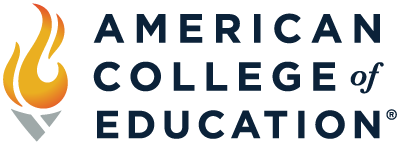
Just before school began in August, I found myself hunting for classroom treasures at Dollar Tree. When I stumbled on a child-sized hand broom and dustpan set, a lightbulb went off. I bought five sets, placed them in a white tub, and put them in the corner of my classroom. Next to this set, I placed another tub containing a spray bottle filled with soapy water, and a bundle of cloth and towels.
I pointed out the cleaning supplies to students the first week of school, and told them they could use the items whenever they needed them. Guess what happened? Not only did they begin to independently clean up after snack time, they also decided they would sweep the room and clean tables at the end of the day just before dismissal. Just having those resources at their disposal empowered my students to take care of their environment of their own volition.
As someone who worked as a Montessori teacher for years, I knew that providing tools for self-sufficiency was one of the best ways to promote student independence. This year, I learned that student independence could be fostered in many ways, even in more traditional learning environments. In addition to adding accessible cleaning supplies, I surveyed my classroom design and added tools to inspire students to act autonomously.
It didn’t take long for me to see strides. Two weeks into the semester, a first grader showed me her paper and asked, “Is this the right way to spell ‘mermaid’?” Instead of answering her, I silently pointed to a shelf and waited. “Oh, I forgot! I can check one of our dictionaries!”
While thumbing through a student dictionary — one of several I purchased and printed from Teachers Pay Teachers — she saw the word “rainbow” and decided to add this detail to her story. If I’d given her the answer to her original question — how to spell ‘mermaid’ — she would not have found it herself, and she would not have stumbled upon a new idea to use in her writing.
There are many ways to help foster your students’ independence. Here are five ways to get started:
1. Design your classroom to function (almost) without you.
Whenever possible, place materials in easy-to-reach places like low shelves where the students can access them without help. That includes supplies like paper and pencils as well as reference materials like dictionaries and encyclopedias.
2. Take time to train.
When school begins each year, begin training students to be self-sufficient from the first day. Take students on “tours” of the room, and offer plenty of practice time so they get used to being independent. Remember to be patient; the training process can take several weeks or even months, particularly for early childhood students.
3. Respond to questions with questions.
Instead of giving answers, try simply pointing out resources or, even better, ask the student a question instead. “Where could you find the answer on your own? Do you remember where you got that from yesterday?” After a while, you may even notice students helping other students using this strategy.
4. Allow students to take ownership for their environment. Then, let it go.
When my students first began cleaning our classroom at the end of the day this year, my tables were soaked. My sweet kindergarteners were very proud of their efforts, but they were using too much water as they happily sprayed the tables. The perfectionist in me had to let it go. Instead of correcting them, I asked if a student would like the job of table dryer as part of the cleaning team. Problem solved, and no one was the wiser.
5. Build independence through trust.
There are three important words young children may not hear often, and educators should begin saying them immediately. The words are: “I trust you.” Use these words as often as you can, especially when a student is struggling. Telling a child “I trust you, and I know you can do this” can give them a subtle nudge onto the road of confidence, and independence is usually just around the corner.
Unlock your full potential by getting a master’s degree in education from American College of Education. Explore all our graduate-level programs to find the one that meets your career goals.

